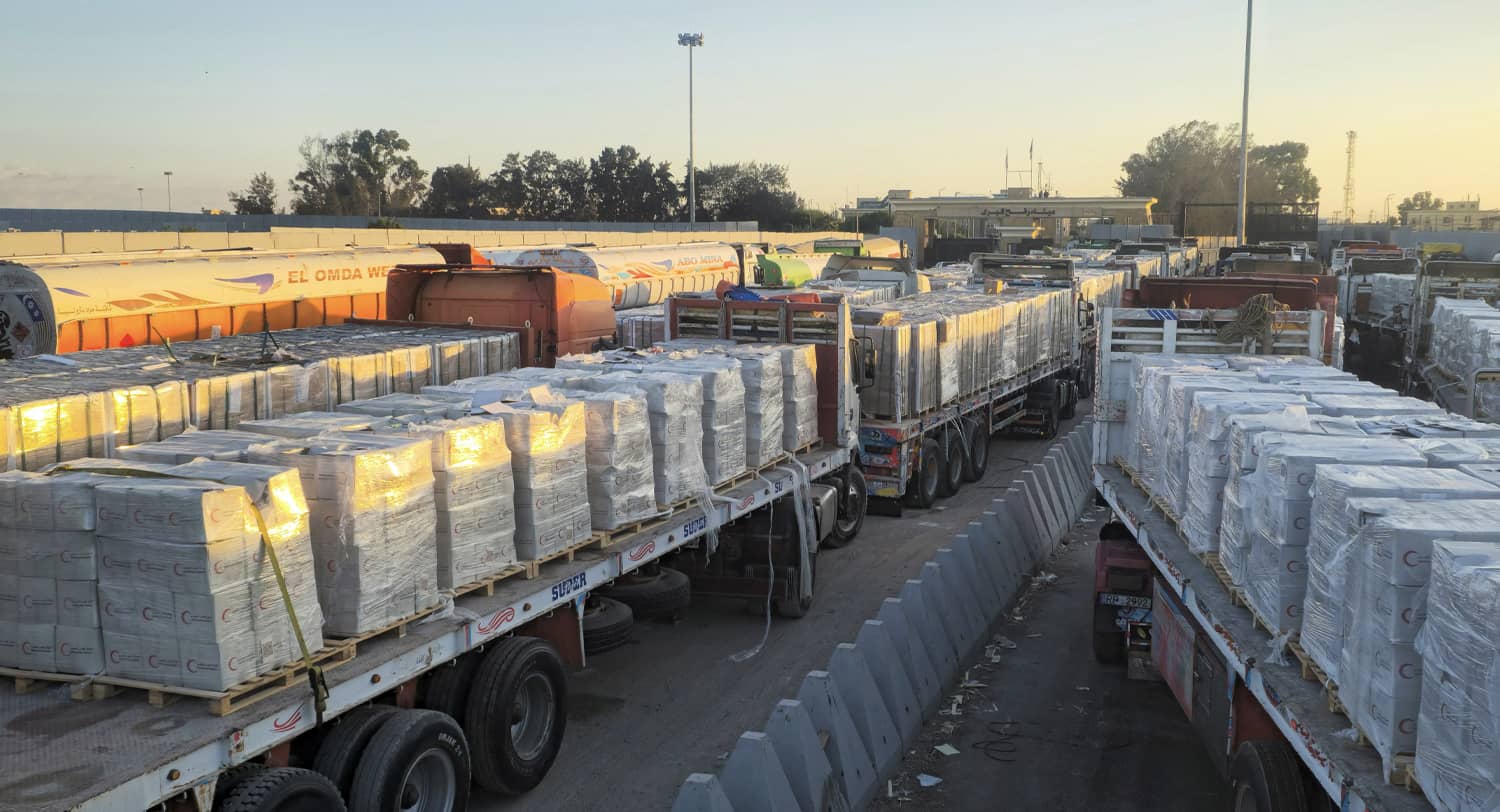The key to success of President Donald Trump’s 20-point plan is to remove Hamas from power, permanently. A key to achieving that is to take away Hamas’s profit centers in Gaza, which allow it to pay fighters and smuggle in weapons. Hamas currently makes money by taxing and exercising control over critical humanitarian supplies in Gaza, thus efforts to cut off the terrorists’ money can affect the supply and distribution of that aid.
When Hamas was the de facto government of Gaza, it imposed taxes, paid employees, and controlled Gaza’s imports and exports. In 2022, for example, UN data shows that 50 percent of all truckloads into Gaza were construction materials; food was only 32 percent. Gaza has long been a cash economy. A 2023 Israeli media report, citing Israeli analysts, said Hamas collected approximately $300 million from taxes on Gazans, $700 million from smuggling through and under the Rafah crossing, $500 million from “charities” abroad, and $250 million from Iran.
After Hamas’s October 7, 2023 attack, and the resulting Israeli offensive, most of Hamas’s revenues dried up. Hamas then imposed taxes on commercial and humanitarian shipments into Gaza, according to Gazan and Israeli sources.
Humanitarian aid organizations, UN agencies and the European Commission say they have no evidence Hamas systematically stole aid. But that omits how Hamas collected taxes on humanitarian aid imports and on Gazan civilians. When Gazan residents can speak freely, they say that Hamas manipulates the price of food in Gaza’s marketplaces. It does this by controlling supply and restricting who can sell what to non-Hamas civilians.
Even with a ceasefire, aid distribution is fraught with challenges. Egypt and Israel can still hold up inspections and clearances. Israel has been criticized by aid agencies for imposing inspections on cargo manifests in the name of security. However, given the amount of smuggling of war materiel into Gaza, Israel’s concerns have a basis in fact.
There are other problems: importing fuel for the trucks in Gaza, finding truck drivers willing to risk their lives, and safeguarding pallets of aid on trucks that are broken into as soon as they enter Gaza.
In May 2025, Israel and the United States set up the Gaza Humanitarian Foundation (GHF) to distribute aid to individuals while limiting Hamas’s ability to control or manipulate the food supply. However, the effort was scaled too small, with only four distribution sites instead of the dozen or more that were needed. GHF’s leader, Rev. Johnnie Moore, said on July 30 that GHF needed three or four times the amount of money they actually received. GHF had further problems in June with Israeli forces firing on Gazans rushing to get GHF aid, a problem that appears to have been addressed by early August.
Proof that GHF was succeeding in reducing Hamas’s ability to profit from food aid was evident in July, when a source close to Hamas said that it wanted aid returned to traditional agencies like the United Nations and wanted GHF out of Gaza. Given that Gaza was facing acute hunger beginning in early July, Hamas’s asking that a source of food be taken away was an illuminating moment.
In August, Moore, like the heads of other aid organizations, began urging governments to “flood the zone with aid” in order to diminish Hamas’s ability to manipulate and profit from it. When aid is in scarce supply, armed groups control it directly by stealing it, or indirectly by having armed fighters “guard” the aid so it is not stolen by other armed groups. This is well-understood and well-documented in candid reports by international aid organizations to their headquarters (though not all reports are candid). By way of comparison: a recent Reuters report described the Houthis in Yemen using humanitarian aid to force parents to let their children be soldiers in their armed forces.
The challenge is how to allow in more food aid without Hamas continuing to manipulate distribution and prices in the half of Gaza that it controls. No one approach is going to work but the US can take two important steps. First, urge Israel to significantly expand its support for GHF while the US likewise increases its support to GHF.
Second, offer help to the problems of inspections and delays at border crossings into Gaza. The US can offer a team from the Office of Field Operations of the US Customs and Border Protection (CBP). With all respect to the European Union Border Assistance Mission in Rafah, there are no better experts than CBP at analyzing cargo manifests, inspecting cargoes quickly and thoroughly, and ensuring that Israel’s legitimate security needs are met without undue delays. If the US is reluctant to send current CBP personnel to Gaza, private companies like BigBear.ai have retired CBP veterans with decades of front-line experience in inspections technology.
It is feasible to provide adequate humanitarian relief for the people of Gaza without enriching Hamas but while meeting Israel’s security needs. Scaling up the GHF and modernizing borders inspections will certainly help.

